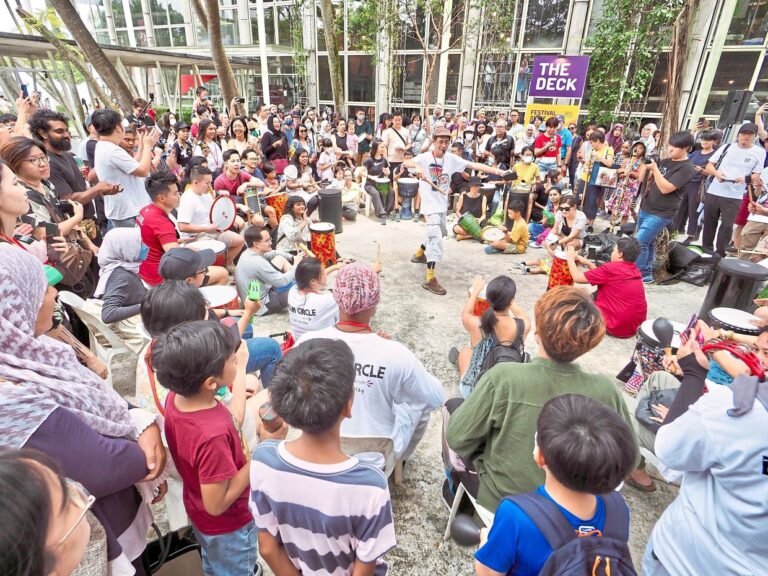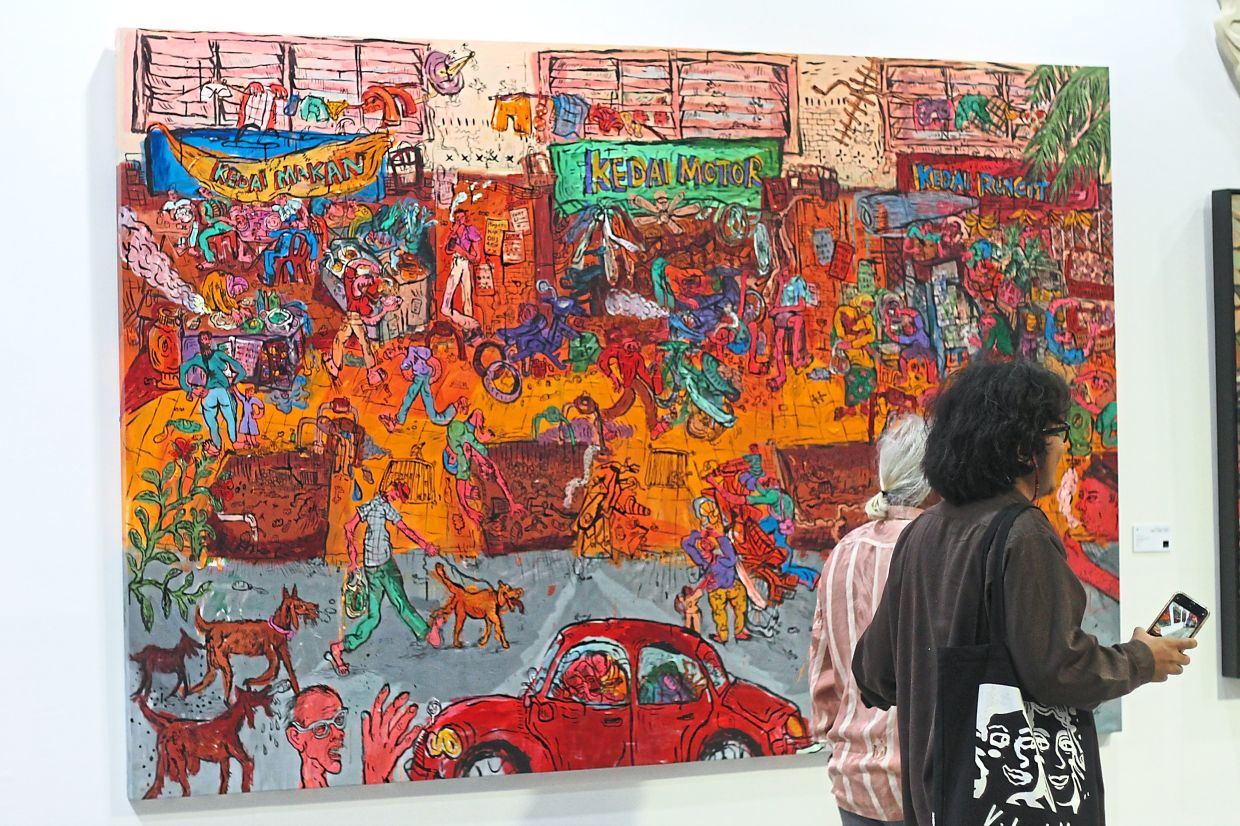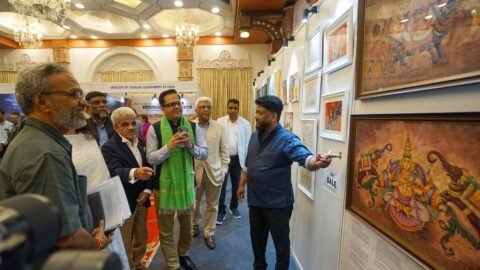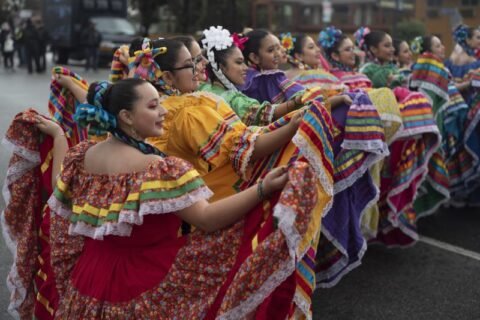Malaysia’s arts and culture community is once again left reading between the lines.
While Budget 2026 earmarks substantial allocations for tourism and nation-building, the creative sector itself finds little clarity on how these plans translate into meaningful development for artists, cultural workers, and institutions.
Much of the funding – more than RM700mil – has been steered towards promoting Visit Malaysia Year 2026, with emphasis on events, marketing, and heritage conservation.
These are welcome moves in theory, but they place the arts as a supporting act to tourism rather than as a vital ecosystem deserving of its own roadmap and resources.
In his Budget 2026 speech yesterday, Prime Minister Datuk Seri Anwar Ibrahim announced that RM500mil will go towards ensuring the success of the Visit Malaysia Year 2026 campaign.
Additionally, RM60mil will go towards promoting, marketing and organising tourism and cultural events. Another RM50mil will support arts and heritage entrepreneurs – including those in crafts, batik and weaving – while RM55mil is allocated to expand unity and national identity programmes such as Unity Week, Harmoni MADANI and Citra Nusa Muzium, which features overnight activities at the museum.
For the arts and culture community, these allocations suggest – albeit vaguely – that they have a small slice of the pie.
A quiet resignation
In response to Budget 2026, ReformARTsi – a coalition of 180 Malaysian artists representing 65 arts organisations – remarked, “Sadly, arts and culture has again been ‘anak tirikan’ (treated as an orphan) in the 2026 budget.”
In a statement, it renewed its call for the government to commit to consistent financing for arts and culture, specifically to allocate at least 0.1% of the national budget to the development of the sector.
ReformARTsi added that the current economic landscape for the arts and culture community is characterised by the current fragmented governance of the sector, with responsibilities split across multiple ministries and agencies; a lack of government accountability and impact evaluation mechanisms within funding programmes and seasonal short-term grant schemes.
“This poses severe challenges to artists and culture workers in running their programmes and projects in the long run – putting their livelihoods at risk and dampening their professional development.
“To mitigate these issues, artists have had to pursue stopgap solutions like accepting lower professional fees, crowdfunding or corporate sponsorship. This is still not sustainable – not for the individual professionals, and not for Malaysia’s arts and culture for the long term,” outlines the statement.
There was quiet resignation across the performing arts community, but KLPac, which is marking its 20th anniversary this year, is choosing to look ahead with resilience and renewed purpose.
“While there were many good initiatives and incentives across different sectors, it is disappointing that the arts has been sidelined and largely left out of the conversation. In conjunction with Visit Malaysia Year 2026, our focus should not only be on boosting tourism and culture, but also on sustaining and showcasing the work of artists, arts workers, and arts organisations,” says Maggie Ong, KLPac’s assistant general manager (marketing).
“While RM700mil has been allocated to boost the tourism sector and RM76.6mil to upgrade urban transformation centre facilities, what about local arts spaces? Non-profit performing arts venue like KLPac, which has been serving the arts community for 20 years, are also much needed of maintenance to serve the community,” she adds.
Policy-makers, says Ong, must recognise that the arts are not merely about culture and heritage, but a vast, multi-faceted creative industry with real economic and social impact.
“What the arts sector really needs is stability and forward planning to ensure artists contribute meaningfully back to Malaysia. We welcome the move to grant a special RM1,000 individual income tax relief for expenses covering entrance fees to local tourist attractions and cultural programmes, as it can encourage more domestic participation. However, whether this will truly cover the arts sector and how it will be executed remain important questions,” she adds.
In the upcoming year, when Malaysia needs to showcase its visual art to the world, it is disappointing that the visual art community was not included in the Budget 2026 conversation, says Nizam Rahmat, director of Galeri Puteh, a contemporary art gallery in Kuala Lumpur.
He recalls receiving a government grant in 2019 to organise 10 exhibitions in a year, providing local artists with opportunities to showcase their work. However, the lack of continuity from one budget to the next hampers long-term planning.
“I don’t see anything that directly supports the visual art community. This new budget overlooks the importance of visual art, particularly given how crucial Malaysian art is in promoting the country internationally,” says Nizam.
“Tourism is important for the country, but when art is excluded from the equation, what is being promoted is merely a surface-level attraction.
“Art carries the soul of a nation – its stories, its histories, its identities. Without it, tourism risks becoming hollow, losing the depth and authenticity that draw people not just to visit, but to truly understand and connect with Malaysia,” he adds.
Keeping heritage alive, long-term
Wendi Sia, co-founder of Gerimis Art Project – a collaborative collective working with Orang Asli artists and artisans to produce artworks and cultural content – emphasises that the transmission of craft knowledge and skills between generations should not be overlooked.
“I hope part of the allocation supports knowledge and skills transfer from elders, who are the knowledge holders, to youth, the next generation of crafters, to ensure the preservation of their art forms,” says Sia.
Datin Rosemarie Wong-Jabu, director of The Ranee of Sarawak – a platform empowering the state’s traditional artisans – welcomed Budget 2026’s recognition of the need to support the arts and heritage sector, particularly entrepreneurs in crafts, batik and weaving.
“Sarawak significantly contributes to Malaysia’s craft production, especially in the areas of traditional and indigenous crafts. Funding for the batik industry in Sarawak would be timely as it’s been a dwindling industry in need of a revival,” says Wong-Jabu.
“I hope the sectors highlighted are not too specifically limited, for example, ‘weaving’ could be in the form of textiles, basketry, mats, etc … crafts have evolved from it’s traditional form in so many aspects, and I hope this budget is all inclusive as the direct benefactors in Sarawak are mostly the B40 sector and rural communities. Let’s wait and see how this budget is distributed,” she adds.
Foo Loke Kee, founder of the World Culture Organisation (WCO), which specialises in traditional miniatures, has created new opportunities for traditional craftspeople – including wau makers, wood carvers and other artisans – to showcase their work in public spaces.
“The RM50mil allocation to support arts and heritage entrepreneurs is a meaningful boost. With this support, more skills development, product innovation and market opportunities can be created both locally and internationally,” says Foo.
He adds that the RM60mil set aside for promoting, marketing and organising tourism and cultural events could further strengthen collaboration between heritage entrepreneurs and the tourism sector.
“For us at WCO, this is significant, as much of our work involves exhibitions and collaborations with tourists and relevant ministries. It will undoubtedly have a positive impact on the economic sustainability of the arts and heritage community,” he concludes.







